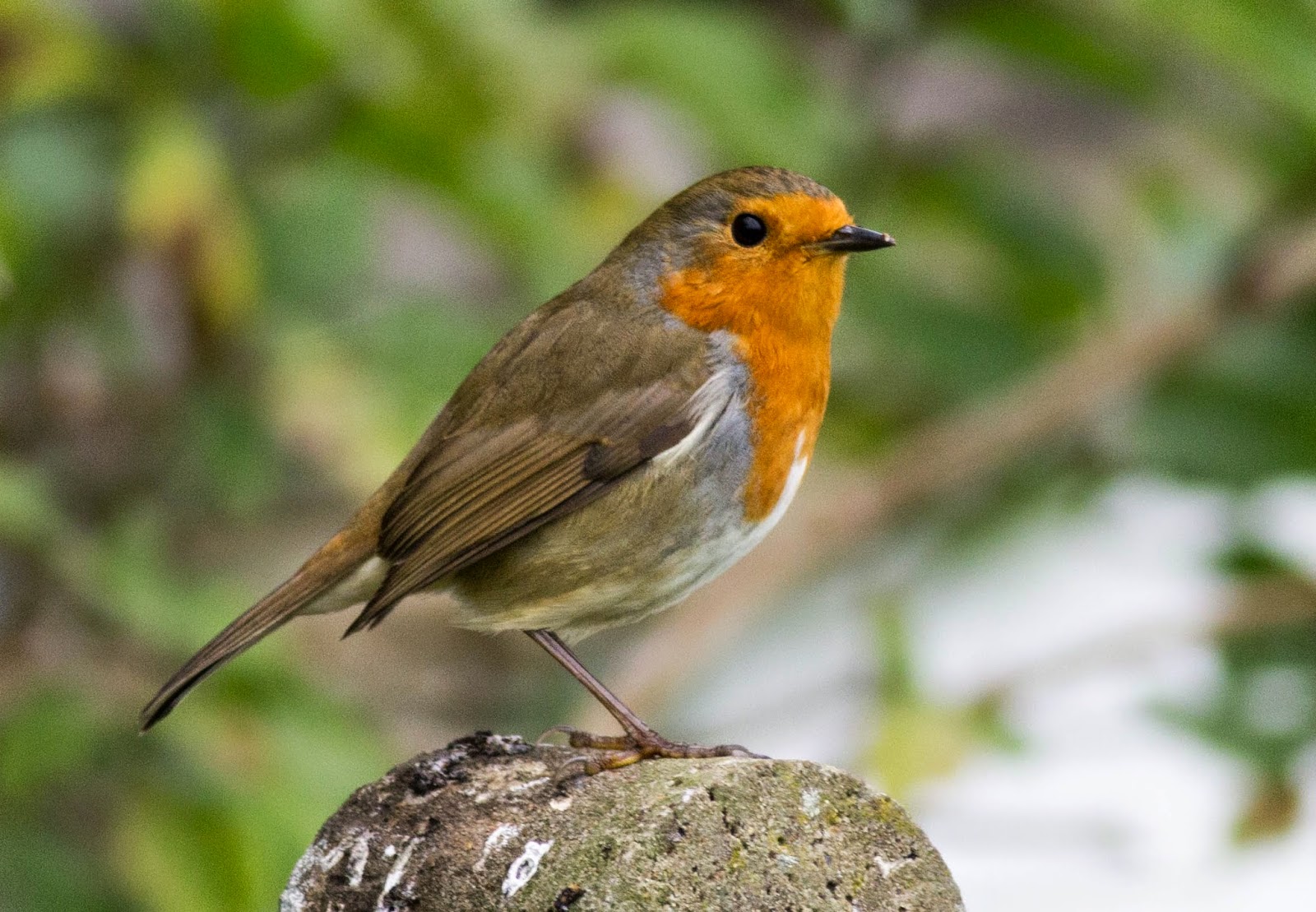It was a pretty good week of birding as I visited a new location called Stanpit Marsh. It's located on the far side of Hengistbury Head and has plenty of interesting waders and water birds. I set off with my friend Mark and was soon adding plenty of new birds to my life list.
One word of warning though. It wasn't a great day and the general distance of the birds mean that many of the following are record shots only.
Yellow Wagtail
While I've already seen one thanks to Mark's keen ears on a previous trip, this was the first time I was able to get a decent photo opportunity. Currently on the RSPB's Red List, the Yellow Wagtail is down to around 15,000 breeding pairs. It's a gorgeous looking bird, often mistaken for the similar Grey Wagtail, which has a grey back and head. This one was foraging around a horse, picking at the ground that the larger animal was disrupting with its hooves. It was soon joined by a second and ended up flying back and forth for the duration of our stay.
Note it lacks the black bib of the Grey Wagtail.
Another shot, a little too over processed.
And a distant shot of the pair together.
Pintail
Another record shot, but I can assure you this is a Pintail duck. We saw two, both accompanying Mallards. It's easily our most elegant duck, with a long neck and streamline body. It's also gorgeous to look at with distinctive patterns, while the Male has an extremely long tail.
It's a quarry bird, meaning it can be legally shot for sport during the winter. According to the RSPB, this isn't affecting its status in the UK, but it remains on the amber list with breeding pairs being less than 40. It's largely a wintering duck in the UK, with up to 29,000 birds arriving each year. It''s distribution is patchy, with it rarely being found in central England.
It's a lovely looking bird and my shots really don't do it justice.
Although larger, it's much less stocky than a Mallard.
And here it is again.
Knot
Although I was mainly on my bins for our stay at Stanpit it was Mark who spotted this pair of waders. Knot are extremely similar in size and colouration to Dunlin, but are far daintier with smaller bills. Although over 320,000 birds winter here each year it's still on the amber status.
I find telling waders apart extremely difficult, so if it wasn't for Mark's observations I would have put these down as Dunlin and lost a bird off my list.
Apologies for the image clarity but this is a 100% crop. Note the Oystercatchers and Redshank for size comparison purposes.
Brent Goose
There are apparently two types of Brent Geese that winter in the UK, light bellied and dark bellied variants. It's a relatively small goose, roughly the same size of a Mallard and it's mainly coastal. It doesn't breed in the UK and departs for warmer territories by March. Interestingly, these are pretty early as they're typically not seen until October.
A 100% crop of some feeding Geese, there were probably around 30 in total.
More Brent Geese.
Peregrine Falcon
We were just heading off when all the birds became agitated and started to move. Mark was hoping for an Osprey, but I was more than happy when a Peregrine Falcon appeared and started chasing after Stock Doves. It's a truly beautiful raptor and incredibly graceful in flight. It's one of the world's fasted animals, with a stoop that reaches speeds of up to 242 miles per hour. Immediately noticeable due to its big pointed wings, spotted breast and black moustache, it's a magnificent looking creature that continued to put the birds on edge for several minutes. It was eventually seen off by Carrion Crows, leaving behind a lot of flustered birds and one very happy photographer.
Another 100% crop. Look how stunning it is.
I could watch these all day.
And then the crows ruined it.
So that's it for another week. I'm now up to 119 photographed birds, with 153 left to spot. Here's hoping the weather improves in the coming weeks!
You could get surprisingly close to the Egrets.
Although these ones were quite a way off.
Mute Swan having a preen.
An inquisitive Wheatear.
A resting Cormorant.
A posing Robin.
And another.
More Little Egret action.
A poor shot of a Swallow.
A cold House Sparrow.























No comments:
Post a Comment